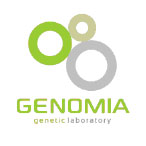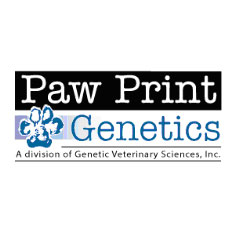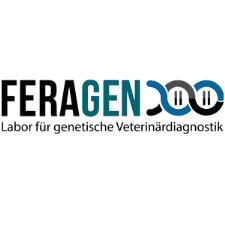DNA tests for single gene diseases in dog breeds are being produced by laboratories all over the world at a fast rate.
By using a DNA test a breeder will know if a dog has this gene, does not have the gene, or is a carrier. To avoid producing puppies with the disease a breeder should breed clear to clear, or clear to carrier. Both parents must have the gene to produce a litter of affected puppies.
If both parents are carriers, some puppies in their litter could be affected. If one parent is a carrier and the other is clear, no affected puppies are born.
But it isn’t that simple.
- If you eliminate all the carriers of a disease gene, it will reduce genetic diversity and could mean that the chances of other diseases popping up, is increased.
- Within dog breeds, the ideal is to increase genetic diversity rather than decrease it.
- A breeder would need to judge which tests to use based on how widespread a disease is within a breed and how it impacts on an individual dog affected by it.
- A decision might also be made on how simple and relatively inexpensive it would be to treat the disease.
- A decision about whether to use a specific test might also be based on a breeder’s knowledge about dogs further back in the pedigree. This is why keeping health records is so important.
- Modern knowledge about genetics and diseases has led to a growth in laboratories around the world producing more and more tests. A good thing.
- BUT not all laboratories have the highest standards and there is money to be made in selling tests to dog breeders.
- Another problem is that a disease with the same name might not be identical in different breeds and the test not accurate if applied to a different breed.
- A further issue is that there may be different forms of a disease. For example, progressive retinal atrophy (PRA) takes different forms (prcd, cord 1, rcd 3, etc)
- Efforts are being made to standardise genetic tests for dogs. This is being carried out by the International Partnership for Dogs (IPFD) Harmonisation of Genetic Testing.
- The IPFD Harmonisation of Genetic Tests is an ongoing project as it keeps up to date with new tests and to verify a test’s validity for a certain breed. It’s a map that is constantly changing.
- DogBreedHealth also regularly updates its listing of DNA tests for each breed but as with IPFD it would be impossible to say the lists were 100% accurate for every breed at any one time.
- The IPFD listing now has a colour coded traffic light system. Green indicates a verified test and yellow, not yet proven. DBH has emboldened the verified tests and retained the tests which are not yet proven.
- If you are a prospective puppy buyer, you need to know which inherited diseases are applicable to the breed (or crossbreed) you are considering.
- With this knowledge, you can ask a breeder which DNA tests have been carried out on both male and female parents.
- Testing one parent only will decrease the risk but in any litter of puppies there may be an affected puppy and there will certainly be some carriers.
- Some diseases affecting dogs, including very serious ones, are caused by many genes and environmental factors acting together. A simple DNA test cannot be used in this case.
- Don’t assume that crossbreeds are healthier than purebred or pedigree. Different breeds can have the same disease and DNA testing would still be necessary. In a second generation cross, for example, Cockapoo x Cockapoo this risk is even greater.
Some examples of laboratories offering DNA tests:

















